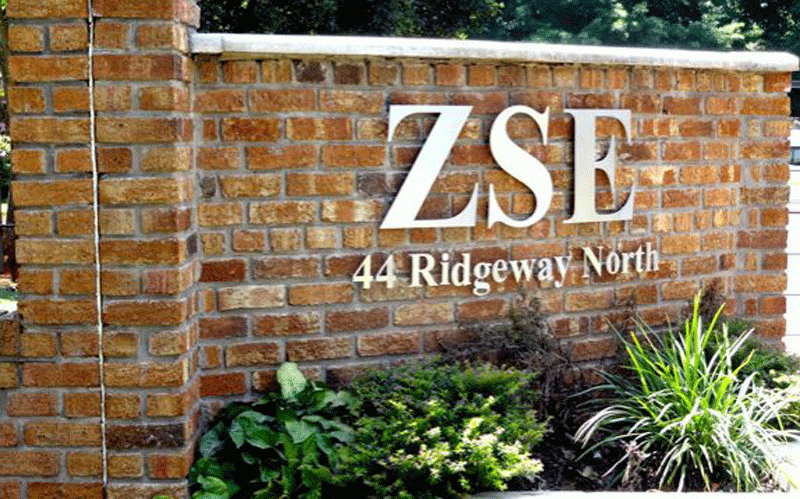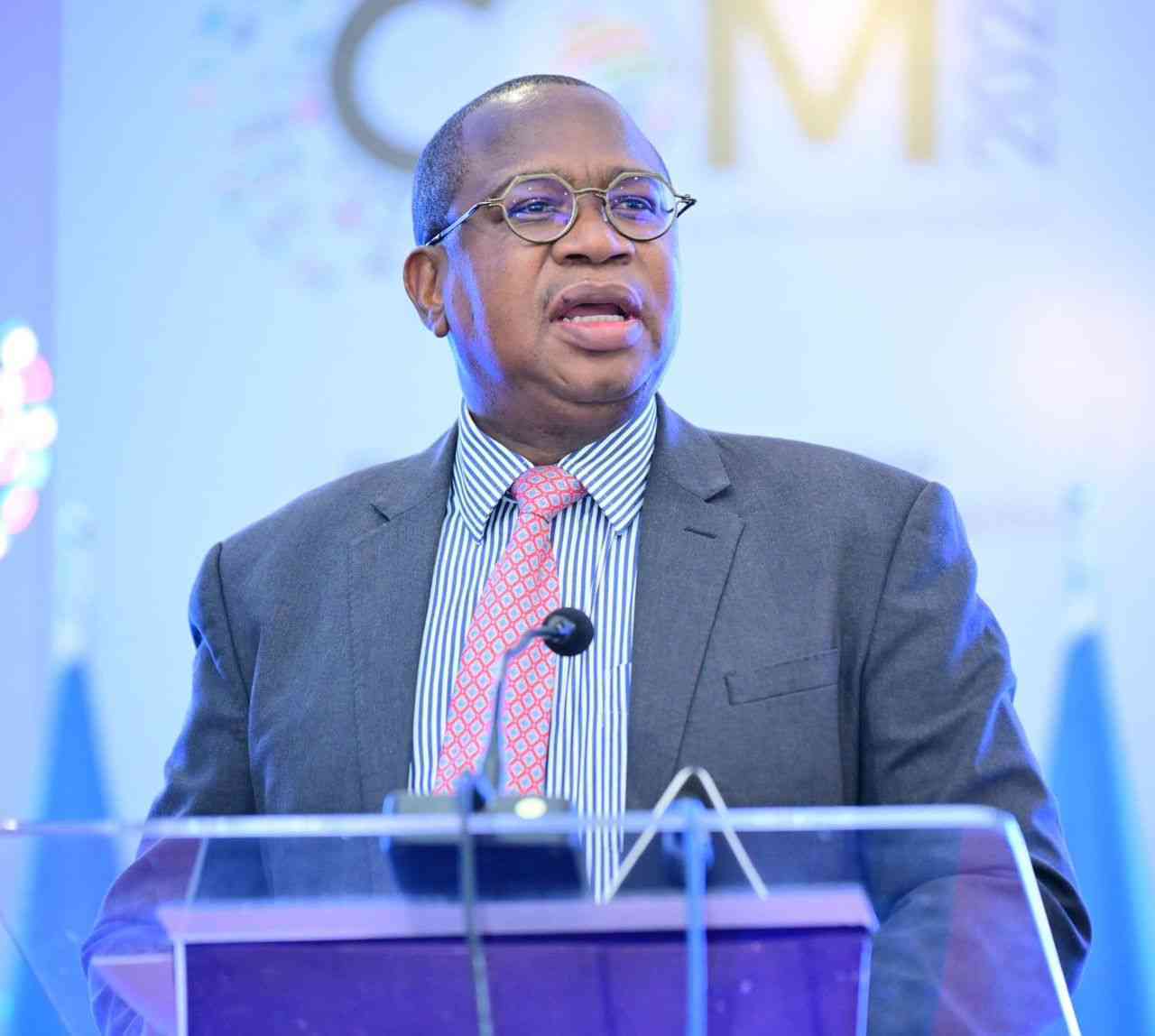
THE Zimbabwe Stock Exchange (ZSE) has been hailed as one of the few safe havens for Zimbabwe dollar (ZWL) holders in Zimbabwe, owing to its ability to adopt to respond to volatility.
Since the beginning of October, ZSE investors have gained 6,5% in United States dollar terms, which has lately attracted more activity on the bourse. However, it is imperative to assess what has been affecting returns on ZSE lately.
The ZSE All Share Index is up 9,8% month-to-date, in nominal terms. Meanwhile, the ZWL has shed off -3% against the USD, in October so far.
In real terms, therefore, the ZSE is up 6,5% since the beginning of the month. This compares to a loss of -14,7% suffered in September in USD terms, against a nominal return of 1,2%.
Over that period, the ZWL succumbed to a -16% depreciation against the USD. This then speaks on the effect of exchange rate movement on the real magnitude of returns on ZSE.
It is key to note that these valuations are based on the official Willing-Buyer Willing-Seller market rates. Based on parallel market valuations, the ZSE is up by a circa 5,4% in USD terms since the beginning of October.
In 2020 and 2021, the ZSE boasted as the best performing stock market in the world on a year-to-date return basis. This was due to its ability to substantially outpace inflation and exchange rate losses, which buttressed returns in real terms.
This was also stimulated by the uncontrollable money supply which pushed up demand across all sectors and ZWL based asset classes. However, in 2022 and 2023, this trend was halted and reversed due to a back and forth stance on monetary policy.
- Mayhem as schools reject Zimdollar fees
- Forex demand continues to fall
- Stop clinging to decaying state firms
- USD fees: Govt policy failure hurting parents
Keep Reading
The Central Bank has been tightening ZWL liquidity to curb inflation and exchange rate loss, which, as a ripple effect, has subdued overall spend in the economy.
However, from time-to-time, the policy is relaxed to cushion for other obligations, which is reflected in periodic jumps in demand across sectors, particularly the ZSE.
On the other hand, the measures introduced by the Reserve Bank of Zimbabwe (RBZ) in conjunction with the Treasury have also impacted the exchange rate, positively.
The ZWL has relatively sailed stable against the USD, comparative to prior trends.
This has either trimmed exchange losses to economic players, or favour businesses through exchange gains in particular cases. This also applies to the ZSE.
However, due to its inherent nature, the ZWL has continued depreciating against the USD, despite a marginalised magnitude. Consequently, this has seen ZWL asset classes losing value commensurate to exchange rate loss.
The tightened liquidity in the economy has resulted in reduced volumes on ZSE, and thus a slow-down in share price adjustments.
Simultaneously, the ZWL has been depreciating on an unwavering streak, which has seen the ZSE losing -13,4% year-to-date in US$ terms, despite a 613,3% nominal gain.
Going forward, the ZSE will continue recording nominal growth bolstered by continued demand for safe haven amid high economic and political volatility.
However, in USD terms, the rate of currency depreciation will strongly determine scale of returns on ZSE. It is, therefore, important for investors to pay particular attention to monetary policy changes as any measure that results in further currency stability yields positively for investment returns.
While any measure that excessively mops up liquidity leads to exchange losses through reduced activity on the stock market.
In perspective, reduced activity on the stock market means reduced ability to catch up with inflation and exchange rate movement.
- Duma is a financial analyst and accountant at Equity Axis, a leading media and financial research firm in Zimbabwe. — [email protected] or [email protected], Twitter: TWDuma_











